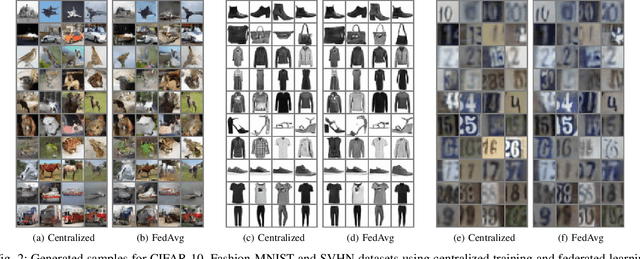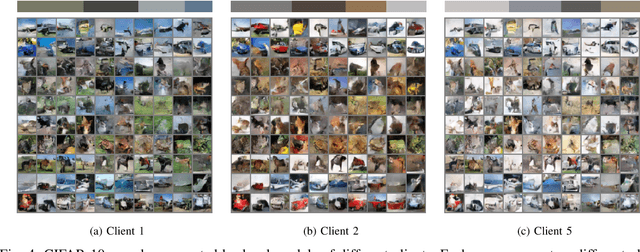Ji Su Yoon
Exploring Mutual Empowerment Between Wireless Networks and RL-based LLMs: A Survey
Mar 13, 2025Abstract:Reinforcement learning (RL)-based large language models (LLMs), such as ChatGPT, DeepSeek, and Grok-3, have gained significant attention for their exceptional capabilities in natural language processing and multimodal data understanding. Meanwhile, the rapid expansion of information services has driven the growing need for intelligence, efficient, and adaptable wireless networks. Wireless networks require the empowerment of RL-based LLMs while these models also benefit from wireless networks to broaden their application scenarios. Specifically, RL-based LLMs can enhance wireless communication systems through intelligent resource allocation, adaptive network optimization, and real-time decision-making. Conversely, wireless networks provide a vital infrastructure for the efficient training, deployment, and distributed inference of RL-based LLMs, especially in decentralized and edge computing environments. This mutual empowerment highlights the need for a deeper exploration of the interplay between these two domains. We first review recent advancements in wireless communications, highlighting the associated challenges and potential solutions. We then discuss the progress of RL-based LLMs, focusing on key technologies for LLM training, challenges, and potential solutions. Subsequently, we explore the mutual empowerment between these two fields, highlighting key motivations, open challenges, and potential solutions. Finally, we provide insights into future directions, applications, and their societal impact to further explore this intersection, paving the way for next-generation intelligent communication systems. Overall, this survey provides a comprehensive overview of the relationship between RL-based LLMs and wireless networks, offering a vision where these domains empower each other to drive innovations.
Federated Learning with Diffusion Models for Privacy-Sensitive Vision Tasks
Nov 28, 2023



Abstract:Diffusion models have shown great potential for vision-related tasks, particularly for image generation. However, their training is typically conducted in a centralized manner, relying on data collected from publicly available sources. This approach may not be feasible or practical in many domains, such as the medical field, which involves privacy concerns over data collection. Despite the challenges associated with privacy-sensitive data, such domains could still benefit from valuable vision services provided by diffusion models. Federated learning (FL) plays a crucial role in enabling decentralized model training without compromising data privacy. Instead of collecting data, an FL system gathers model parameters, effectively safeguarding the private data of different parties involved. This makes FL systems vital for managing decentralized learning tasks, especially in scenarios where privacy-sensitive data is distributed across a network of clients. Nonetheless, FL presents its own set of challenges due to its distributed nature and privacy-preserving properties. Therefore, in this study, we explore the FL strategy to train diffusion models, paving the way for the development of federated diffusion models. We conduct experiments on various FL scenarios, and our findings demonstrate that federated diffusion models have great potential to deliver vision services to privacy-sensitive domains.
 Add to Chrome
Add to Chrome Add to Firefox
Add to Firefox Add to Edge
Add to Edge